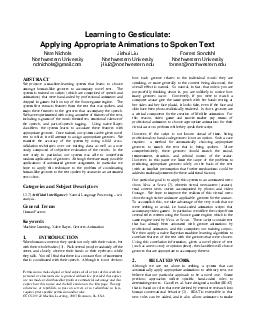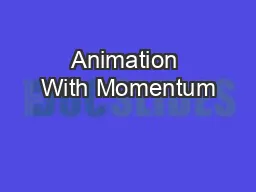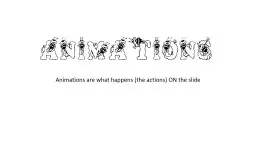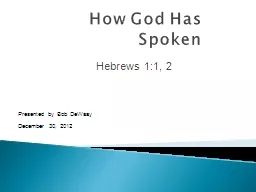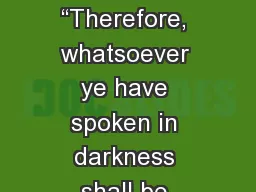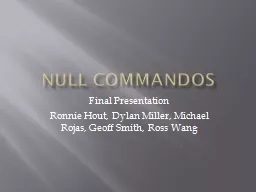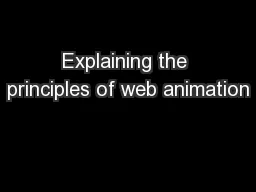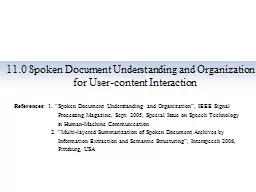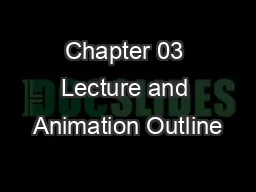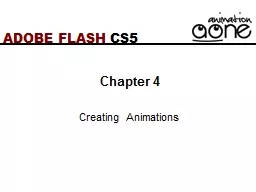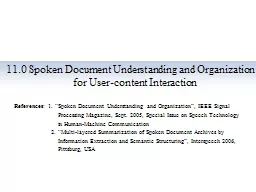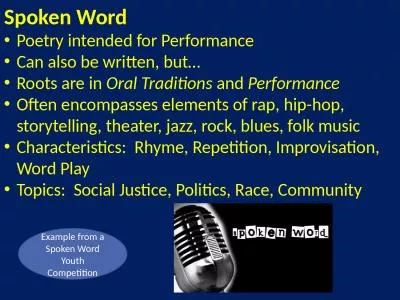PDF-Learning to Gesticulate: Applying Appropriate Animations to Spoken Te
Author : stefany-barnette | Published Date : 2015-07-28
manual changes to the animation choices after the initial first pass although this would not be a possibility in a fully automated environment Also the rules can
Presentation Embed Code
Download Presentation
Download Presentation The PPT/PDF document "Learning to Gesticulate: Applying Appro..." is the property of its rightful owner. Permission is granted to download and print the materials on this website for personal, non-commercial use only, and to display it on your personal computer provided you do not modify the materials and that you retain all copyright notices contained in the materials. By downloading content from our website, you accept the terms of this agreement.
Learning to Gesticulate: Applying Appropriate Animations to Spoken Te: Transcript
Download Rules Of Document
"Learning to Gesticulate: Applying Appropriate Animations to Spoken Te"The content belongs to its owner. You may download and print it for personal use, without modification, and keep all copyright notices. By downloading, you agree to these terms.
Related Documents

